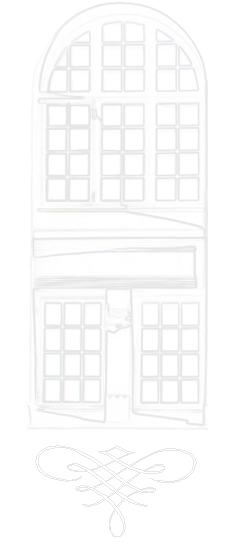
The Governor of Iceland, Hilmar Finsen, announced the establishment of the National Archives on 3 April 1882. The National Library and the National Museum had been moved from the loft of the Cathedral to the new Parliament Building (Alþingishús), and the governor took this opportunity to use the Cathedral loft for the new archives, so bringing together the archive materials that had accumulated in various government departments and providing them with better facilities for preservation.
Great changes have taken place since this beginning, and the archives have moved to new premises three times: first to the Parliament Building in 1900, then to the new Archives and Library building on Hverfisgata in 1908 and finally to their present location at Laugavegur 162 in 1987-98.
Obviously a period of over 130 years has seen immense changes in the size and facilities of the archives. Initially there was no special staff, the various departments each being in charge of their own materials in the Cathedral loft. The first archivist, Jón Þorkelsson, was appointed in 1900. There is now a staff of over 25, and the materials, comprising sources on Icelandic history from the 12th century to the present day, now occupy more than 40,000 metres of shelf space. As records of the rights and duties of individuals and society, these materials play a key role in historical research.





